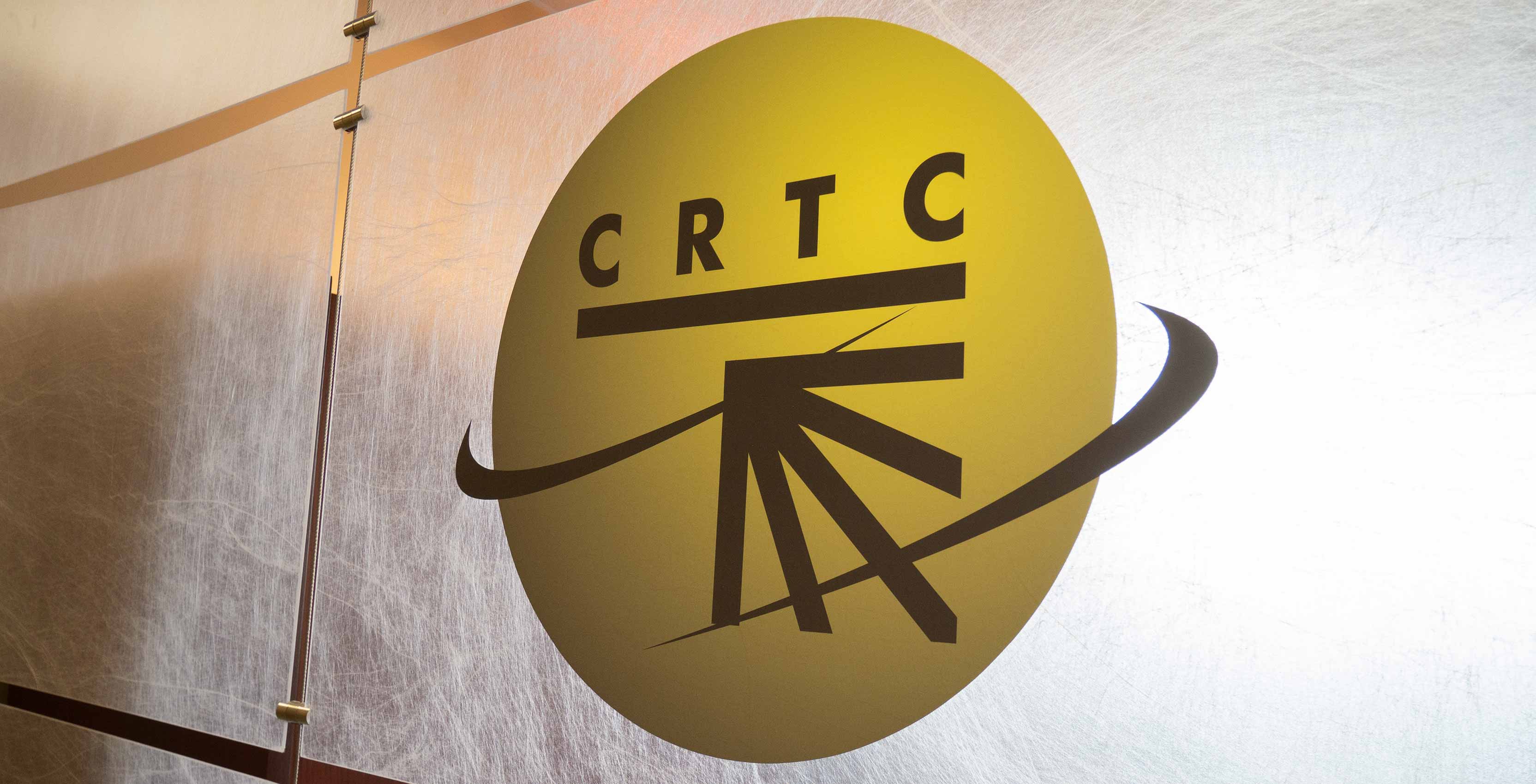
Netflix is the most popular video service for three major demographics in Canada’s English-language market.
Data sourced from Numeris shows Netflix beats out both CTV and Global in terms of average viewing for three key English demographics — adults 18 to 34, adults 25 to 54 and children 2 to 11.
In other words, the majority of English Canadians prefer the online streaming platform to the country’s major stations.
The insight comes courtesy of ‘Harnessing Change: The Future of Programming Distribution in Canada,’ a report published by the Canadian Radio-television and Telecommunications Commission (CRTC) on Thursday.
The report, requested by Canada’s Innovation and Heritage ministers ahead of reviews of the Broadcasting Act and Telecommunications Act, offers an in-depth analysis of the state of Canada’s broadcasting industry in the digital age.
Netflix looms large in the report as emblematic of a new wave of global streaming platforms quickly gaining ground on cable TV. Music streaming platform Spotify’s presence is also notable in the report, but as a challenge to conventional music consumption habits.
The internet is becoming all that many Canadians need or want for entertainment purposes, the report puts forward, backing up its claim with data and research culled from the CRTC’s own research, as well as data from third-party firms including Numeris, Media Technology Monitor (MTM), EKOS, the Canadian Internet Registration Authority (CIRA) and Edison.
Among the many insights: 34 percent of Canadians would give up alcohol for a year to have access to the internet, while nine percent said they would give up sex.
According to data from MTM, most online time is spent on video and audio consumption in both English and French language markets.
In the English language market, that’s a 37 percent share of self-reported online time spent watching video, while in the French language market, that’s a 39 percent share.
Also according to MTM data, Canadians who subscribe to over-the-top streaming services like Netflix rocketed from 10 percent penetration in 2011 to 54 percent in 2017.
Meanwhile, traditional TV viewing is in decline — though not as steeply as one might think. Average weekly TV viewing hours in the English language market went from 27.7 in 2010 to 24.3 in 2017.
In the French language market, there was less of a shift, with average weekly viewing hours going from 33.5 in 2010 to 31.5 in 2017.
At the same time, though, online viewing has seen a clear upswing. In the English market it went from 0.62 average weekly viewing hours in 2010 to 3.82 in 2017. In the French market, it went from 0.3 in 2010 to 2.3 in 2017.
The CRTC cited Numeris and MTM for this information, shown below.
In fact, ‘traditional’ TV services (as opposed to online TV) are forecasted by the CRTC to maintain a dominant share of revenues for the next several years.
In 2022, the CRTC predicted traditional TV will still rake in 86 percent of revenue, while online TV will have 14 percent, based on data from Ovum.
While Canadian media companies like Bell Media and Rogers Media may see global platforms like Netflix as a competitive threat, it’s not a new phenomenon that Canadians enjoy foreign-produced video content.
In fact, the CRTC reported that “Canadians’ thirst for foreign entertainment is unique in the world,” at least for anglophones.
Of the top 100 TV programs in Canada’s English language market, only 26 are made domestically, compared to 75 for French Canadians and 100 for both Japan and the U.S., according to CBC/Radio-Canada’s numbers from a 2015 Eurodata study (found below).
The CRTC also provided a handy graph showing something most Canadians already know: Canada’s TV landscape — both cable-selling and broadcast — is dominated by a few players.
The CRTC’s data shows Bell, Shaw/Corus, Rogers and Quebecor’s revenue share and revenue in the billions when it comes to both sides of the industry.
Bell is the most evenly split, making $2.39 billion CAD as a distributor of television services (BDU) and $2.35 billion as a broadcaster. Rogers, meanwhile makes $1.52 billion as a distributor and $98 million as a broadcaster.
The CRTC also shared a statistic showing that while the population of the U.S. is almost 10 times that of Canada, its TV market is roughly 18 times greater.
Ultimately, the report culminated in a series of recommendations to the government, including the already controversial suggestion that internet service providers should also contribute to Canadian Content (CanCon) funds, alongside cable providers.
Additionally, it suggested doing away with the old licensing model and replacing it with binding service agreements that would include foreign companies like Netflix.
For more details on the recommendations, find our coverage here. For more charts and graphs, the full report is available here.
MobileSyrup may earn a commission from purchases made via our links, which helps fund the journalism we provide free on our website. These links do not influence our editorial content. Support us here.


